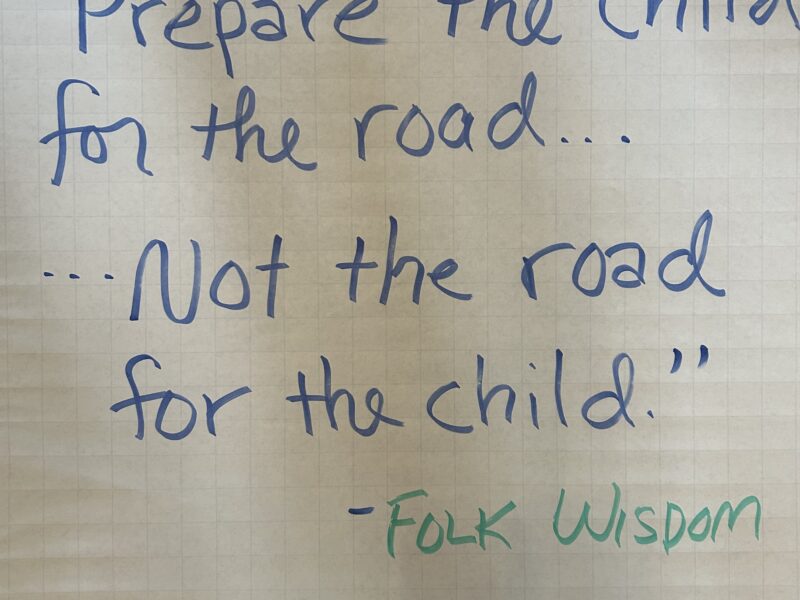
Anyone leading a school thinks a lot about culture, especially bad culture. That’s because strong culture has a way of being both undetected and unappreciated until it turns, well, bad.
“Bad” might be defined as an increase in bullying, vaping, insubordination, or various other toxicities. Or as a notable decrease in academic performance in the classroom or sportsmanship on the playing fields. Then we start thinking more about culture, what is going wrong, and how to redirect things back on track. (Often without considering the possibility that “back on track” might not have been as good as we might have idealized.)
In a nutshell, when it comes to culture, schools tend to think cure as opposed to prevention or enhancement. That order of prioritization has a way of leading to a myopic focus on symptoms, sometimes leaving the causes to multiply in intensity.

A recent University of California study evaluated and ranked fifty-three anti-bullying programs. First off, the very fact that there are fifty-three anti-bullying programs in the United States—the study did not stipulate how many other programs it simply chose not to evaluate—puts an exclamation point on the problem. Second, it also recalls a long-ago episode on the I Love Lucy show where Ricky enters the house—“Lucy! I’m home!”—only to find her searching the carpet, crawling on all fours. When she explains that she is searching for a lost earring, Ricky helpfully inquires, “You lost it in the living room?” To which Lucy responds, “No, I lost it in the bedroom, but the light is so much better here.”
Many contemporary anti-bullying programs fall into a “make it absent” default zone, one heavy on identifying and penalizing behavioral violations. (Some even take a scorched earth approach where even teasing—a normal part of adolescence—is classified as bullying.) Hey, even if you manage to make bullying absent, it does not necessarily follow that an inspiring esprit de corps will be present. Rather than start with what to do about bullying, why not ask the more holistic question: What to do about inspiration?
But to do that, I mean, really do that… you have to be willing to do it when bullying is not happening. In fact, it needs to become the primary purpose of your school. Rather than lose yourself in addressing symptoms of bad culture, get lost in searching for ways to foster an inspiring culture. And funny thing, but after you’ve been lost in that world for a while, you just might hear somebody say out-of-the-blue, “You know, come to think of it, it’s been a long time since we’ve had any bullying around here.”
Onward, Malcolm Gauld


